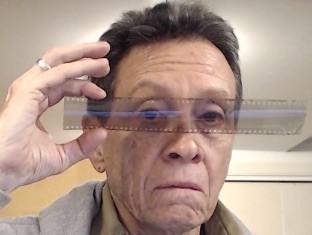 [Note, March 14, 2016: This post, originally published on March 13, contains the first serious error made in the course of this investigation to date: I mistook footage of the battle of Dieppe, August 19, 1942, for footage of D-Day almost two years later. Carelessness on my part, for which I offer no excuse, only an apology. My thanks to Normandy researcher Patrick Peccatte for bringing this to my attention.
[Note, March 14, 2016: This post, originally published on March 13, contains the first serious error made in the course of this investigation to date: I mistook footage of the battle of Dieppe, August 19, 1942, for footage of D-Day almost two years later. Carelessness on my part, for which I offer no excuse, only an apology. My thanks to Normandy researcher Patrick Peccatte for bringing this to my attention.
I have decided to let the post stand, with corrections, because lengthy passages therein are both correct and relevant to the project. The error, and my embarrassment over it, will remind me to triple-check my research every time. — A. D. C.]
•
Every Picture Tells (at least one) Story
Inexorably, given the amount of time I have devoted to it over the past 21 months, this project has turned me into something of a D-Day buff. The need to put into context Robert Capa’s D-Day photographs — and his experiences before, during, and after their making — has led me to delve more deeply into the literature and documentation of Operation Overlord than I would ever have anticipated.
As a result, I’ve become familiar not only with Capa’s D-Day imagery but with the pictures produced by the numerous other press and military photographers who took part in the invasion. That, in turn, has led me to scrutinize filmed accounts of the Normandy landings on June 6, 1944 — with some surprising results.
Take, for example, Capa’s fourth frame (negative no. 32) from the lone one-third of a roll of 35mm film he exposed on Omaha Beach:
As we have established, Capa supplied LIFE‘s assistant picture editor in London, John Morris, with no captions for the scant ten exposures he sent back from Easy Red, the sector of Omaha Beach on which he landed. So whatever captions appeared in LIFE to accompany the best five of those images derived from whatever Morris appended to them before shipping them to the States, possibly adjusted editorially by someone in the magazine’s New York office. In other words, the people who composed those captions did so vicariously, many miles from the scene depicted — and, moreover, with no direct personal experience of World War II combat.
The caption for this image, which opens the “Beachheads of Normandy” spread in the magazine’s June 19, 1944 issue, is therefore understandably vague:
“Americans crawl ashore through gun- and artillery fire onto a French beach. Many were knocked down by the waves, lost their guns and ammunition.”
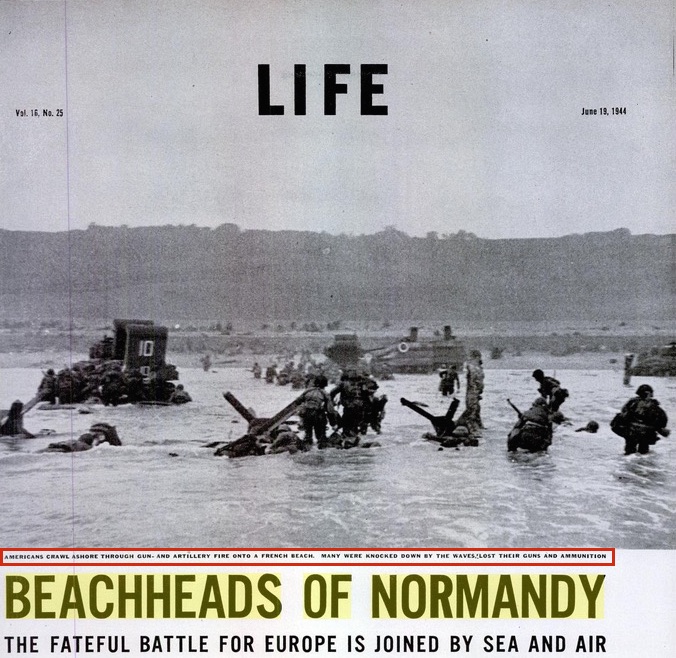
“Beachheads of Normandy,” LIFE magazine feature on D-Day with Robert Capa photos, June 19, 1944, p. 25 (detail)
Yet in fact here we see no evidence of troops “knocked down by the waves.” To the contrary, the shallow waters appear relatively calm. Nor do we see any soldiers “crawl[ing] ashore”; from the middle ground to the distance, they’re standing upright. (Toward the left-hand side we see one figure floating in, pushing his pack before him — quite possibly a rear view of the GI who became “The Face in the Surf” a few minutes later.)
The figures directly behind the obstacles are almost certainly engineers at work planting explosives to open this lane to incoming traffic — the same heroes Capa would photograph from the other side of the obstacles as he made his way past them toward Vehicle 10. We also see no clear signs of abandoned arms or equipment anywhere in this vista. All ten of Capa’s Easy Red exposures were made in the space between his vantage point for this image — the ramp of the Higgins boat that brought him there — and the visible side of Vehicle 10, a distance that any able-bodied adult could cover in ten minutes or less.
Whoever wrote the captions for LIFE did so sometime between the early hours of June 8, when Morris drafted his initial versions in London, and 5 p.m. on June 12, when the magazine’s New York office closed the June 19 issue. Having nothing specific from Capa to go on, said person or persons clearly relied on reports already circulating of the battle elsewhere on Omaha Beach, inserting details that pertained to the conflict in other sectors but had no relevance to the scene depicted by Capa. That the narrative in the caption overrode completely the visible evidence provided by the image demonstrates the power of captioning to function (as Roland Barthes would put it two decades later in his 1964 essay “Rhetoric of the Image”) as both “anchor” and “relay,” pinning down the meaning of a photograph — its denotations and connotations — while simultaneously connecting it to others in that layout.
The captions that Morris concocted for Capa’s images went not only to LIFE in New York (where someone likely rewrote them) but also to the press pool, which may have rewritten them before sending them out to their subscribing press services and publications, which may in turn have rewritten them further. (See Patrick Peccatte’s August 16, 2013 post at his blog for examples of the early publication of Capa’s images in newspapers, complete with varied captions.) The results bear comparison to the outcome of the parlor game “Telephone,” in which a narrative reshaped by the “noise” of repeated retellings ends up with little or no resemblance to its original version. In this case, the degradation of the pictures’ message assuredly got compounded by the fact that, due to Capa’s failure to annotate these exposures, John Morris had no idea what he was looking at.
•
Here’s what Capa eventually wrote about these images in his 1947 “autobiographical novel,” Slightly Out of Focus:
“Fifty yards ahead of me, one of our half-burnt amphibious tanks stuck out of the water and offered me my next cover. Between floating bodies I reached it, paused for a few more pictures, and gathered my guts for the last jump to the beach.”
However, the photographs he made on Easy Red — all ten of them, not just this one — show no “floating bodies” whatsoever. Indeed, looking from Capa’s vantage point on the ramp of the Higgins boat toward Amphibious Armored Vehicle 10 as described by this photograph, we can see that he has a completely clear path ahead of him. By the time it would take him to traverse those yards the floating soldier aligned at that moment with the row of obstacles in front of Capa would presumably have moved further toward the beach, leaving nothing between Capa and Vehicle 10: no visible corpses, body parts, or discarded equipment. Once again, Capa has exaggerated, aided and abetted by the fact that the captions that accompanied the images in LIFE and other periodicals had by then misleadingly overdetermined the actual informational content of the images.
Most subsequent usages of this image in print publications, films, and videos echo that description of Amphibious Armored Vehicle 10 as “half-burnt” or otherwise crippled, adding to it the assertion that the troops seen around this purported wreck used it at that moment to shelter from enemy fire. Indeed, we have repeated that assertion in posts of our own in this series, for which I must apologize. (See, for example, J. Ross Baughman’s annotation in the detail of Capa’s fourth exposure, above, and/or this July 2014 post of mine.)
•
But Amphibious Armored Vehicle 10 did not get destroyed, nor even notably damaged — certainly not “half-burnt” — in the assault. I can say this with confidence because it appears in military footage made shortly after the Allied forces secured the beach on June 6, as seen in this screen grab:
You’ll find this in the video “Tanks! Battles for Normandy,” at timestamp 4:52. As you can see, from its position in the surf in Capa’s image Amphibious Armored Vehicle 10 subsequently moved forward onto the beach, proving that, at least in terms of mobility, it was not in any way disabled. This side view shows no signs of damage whatsoever to the exterior; to the contrary, it appears in full working order. Thus all captioning describing it as “half-burnt” or otherwise damaged, in accordance with Capa’s account, clearly misrepresents its condition — more evidence of Capa’s tendency toward self-serving melodrama and fabrication of facts.
[The original source of this image is a German newsreel, “Die Deutsche Wochenschau – 1942-08-28 – Nr. 628 – (22-28.08) Landungsversuch bei Dieppe 19 08,” wherein it appears at timestamp 5:24. Clearly it is not the tank that subsequently appeared in Capa’s Omaha Beach photographs. However, Vehicle 10 does appear, closer to the beach, in both still and movie images made shortly after Capa’s exposures. I’ll address those images in a future post.]
•
Amphibious Armored Vehicle 10 represents one of three DD (Duplex Drive) tanks in a cluster that survived the rough seas and enemy fire to reach the shore of Easy Red that morning — three of five, from a total of 20 launched in that sector, to get to the beach. Immediately behind it in this screen grab you can see one of the two other amphibious vehicles that appear in Capa’s D-Day sequence. It too has reached dry land, indicating that it also came through the assault relatively unscathed. The third appears some distance away, still partially submerged, its condition indeterminable.
These tanks numbered among the specially designed, innovative assault vehicles known collectively as “Hobart’s Funnies,” after the man who devised them, Major General Percy Hobart, commander of the United Kingdom’s 79th Armoured Division. The Allies deployed several hundred of them on all five Normandy beachheads for the invasion. Only a few of them succeeded on Easy Red that day, and those that failed did so with catastrophic, indeed often fatal, outcomes for their crews. But a number of them did come through, proving invaluable to the Allied cause. We can count Amphibious Armored Vehicle 10 among them.
[Still and film images made on Easy Red by others shortly after Capa’s exposures clearly show Amphibious Armored Vehicle 10 and the other two tanks in that cluster closer to shore, and thus not disabled. I will present those images in a future post.]
Below and to the right of the gun turret of Vehicle 10 one can see a shred of the rubberized, waterproof canvas which made it possible for these vehicles to float in to shore from the LCVPs that delivered them. If intact, its control mechanism could retract this canvas raft. However, if damaged and inoperable this cumbersome canvas superstructure had to get stripped away in order for the tank to function fully once it reached solid ground; otherwise the canvas apparatus could get snarled in the tank’s treads. The removal of Vehicle 10’s flotation system suggests that gunfire puncture or some other mishap befell it between its offloading and its arrival on dry ground.
That raises another question regarding the past 70 years of captioning of this image. In a combat situation, it would have made little sense for the tank crew to have opened the hatch so that one or more members of that crew could clamber out in order to dismantle the canvas superstructure. Especially when surrounded by ground troops who could handle that job while the tank crew continued to fire at enemy positions.
As Charles Herrick has demonstrated convincingly, Amphibious Armored Vehicle 10 — like Capa himself, a bit later — landed fortuitously at a “seam” in the enemy defenses, a spot between two German pillboxes where both artillery and small-arms fire proved comparatively light. Indeed, from this spot one of the most effective incursions of the day began. The fact that Amphibious Armored Vehicle 10 got through the morning’s combat unscathed testifies to both the effectiveness of the engineers in clearing the obstacles and mines in that stretch of Easy Red and the ineffectiveness of enemy fire at that particular spot. (It is, after all, a large target, and was for at least a brief time a sitting duck.)
So it seems highly likely that, instead of sheltering fearfully from withering enemy fire, as most later captions to this image suggest, the troops seen in Capa’s photo gathered around Amphibious Armored Vehicle 10 were instead energetically cutting away its now-useless canvas flotation system, in order to allow it to move unencumbered onto dry ground from which to attack the enemy positions and protect the arriving vessels and troops more effectively.
[Because we have located other images showing Amphibious Armored Vehicle 10 closer to shore, I stand by the above analysis of the scene depicted by Capa.]
The DD tanks arrived with the first assault waves, before the engineers had cleared paths to the beach. Off-loaded too far from shore, swamped by the choppy seas, many of these tanks simply sank. (Click here for a video of the underwater survey project investigating the vast sunken site of this epic battle.) A few examples of these unique vehicles have ended up on display in military museums. Our team’s military-history expert, Charles Herrick, has found no way so far to determine the fate of Amphibious Armored Vehicle 10 or its companions after D-Day. We may not have dug deeply enough. Perhaps we, or other parties, will turn up clues to their subsequent history.
•
As I have discovered, time spent studying closely Capa’s D-Day images has sensitized me to their details. As a result, I find myself, when viewing other still and motion-picture images of D-Day and Omaha Beach, spotting objects, landscape features, and configurations that have become familiar.
Clearly, the Capa experts at ICP — first Cornell Capa, then Richard Whelan, and now Cynthia Young — have had better things to do for the past half-century, and consider such investigation beneath them. We know that because, despite ample time and funding (not to mention unparalleled access to Capa’s original materials), they have never undertaken it. Perhaps they’re afraid of what they might learn. Understandably so — it risks undermining their hagiographic agenda.
For my part, I find the hunt for such overlaps fascinating — the “Where’s Waldo?” of Capa research. This screenshot of Amphibious Armored Vehicle 10 is the first of several discoveries I’ve made in the archival footage of the D-Day landing. I’ll discuss others in a future post.
[My error in this instance notwithstanding, it remains true that ICP’s Capa experts have made no evident effort to compare his Omaha Beach images to the still and movie coverage of the landing produced by others.]
O Come, All Ye Faithful
“Faith is what credulity becomes when it finally achieves escape velocity from the constraints of terrestrial discourse — constraints like reasonableness, internal coherence, civility, and candor.” — Sam Harris, The End of Faith (2004), p. 65.
 That the myth of Robert Capa has attracted sufficient true believers to constitute not just a cult but even a religion became increasingly clear as the reverberations of Patrick Peccatte’s post about our Capa D-Day project amplified and spread in France last year. Herewith a footnote to that viral moment for our project.
That the myth of Robert Capa has attracted sufficient true believers to constitute not just a cult but even a religion became increasingly clear as the reverberations of Patrick Peccatte’s post about our Capa D-Day project amplified and spread in France last year. Herewith a footnote to that viral moment for our project.
For those who worship at the Church of Capa, RC stands as not only the patron saint of the International Center of Photography but the guardian angel of photojournalists everywhere. Like Augustine before him, beatification has purged him of all sins. To speak ill of him — even simply by asserting that he was fallible, and that some of what he said and wrote about himself, along with some of what others have said and written about him, was and is patently untrue — constitutes, for such true believers, nothing short of sacrilege. For the faithful, it appears, having died on the field of battle and thus achieved martyrdom, Capa rose to heaven astride a white winged Contax.
Predictably, in the caliphate of photojournalism Jean-François Leroy, the grand mufti of Perpignan, rallied his co-religionists with the boldly tautological battle cry “Capa remains Capa and will remain Capa until the end of the world.” And he issued his fatuous fatwa against me, pronouncing me apostate and blasphemer, decrying my “monumental bitterness.” (See Leroy’s August 13, 2015 comments on France Inter radio, in a program that also features comments by Patrick Peccatte, whose blog post sent this project viral; the segment starts at timestamp 13:13. See also Laure Andrillon’s August 12, 2015 story in Libération. Both in French only.)
I didn’t go into hiding for fear of the vengeance of the zealots, as Salman Rushdie did, but I won’t expect any invitations to Visa pour l’Image, the annual photojournalism festival staged in Perpignan, France, which Leroy directs. And I wouldn’t accept one if it came, assuming it as sincere as the Taliban’s encouraging Malala Yousafzai to return to Pakistan for a friendly chat.
•
(For an index of links to all posts in this series, click here.)
•
 Special offer: If you want me to either continue pursuing a particular subject or give you a break and (for one post) write on a topic — my choice — other than the current main story, make a donation of $50 via the PayPal widget below, indicating your preference in a note accompanying your donation. I’ll credit you as that new post’s sponsor, and link to a website of your choosing. Include a note with your snail-mail address (or email it to me separately) for a free signed copy of my 1995 book Critical Focus!
Special offer: If you want me to either continue pursuing a particular subject or give you a break and (for one post) write on a topic — my choice — other than the current main story, make a donation of $50 via the PayPal widget below, indicating your preference in a note accompanying your donation. I’ll credit you as that new post’s sponsor, and link to a website of your choosing. Include a note with your snail-mail address (or email it to me separately) for a free signed copy of my 1995 book Critical Focus!


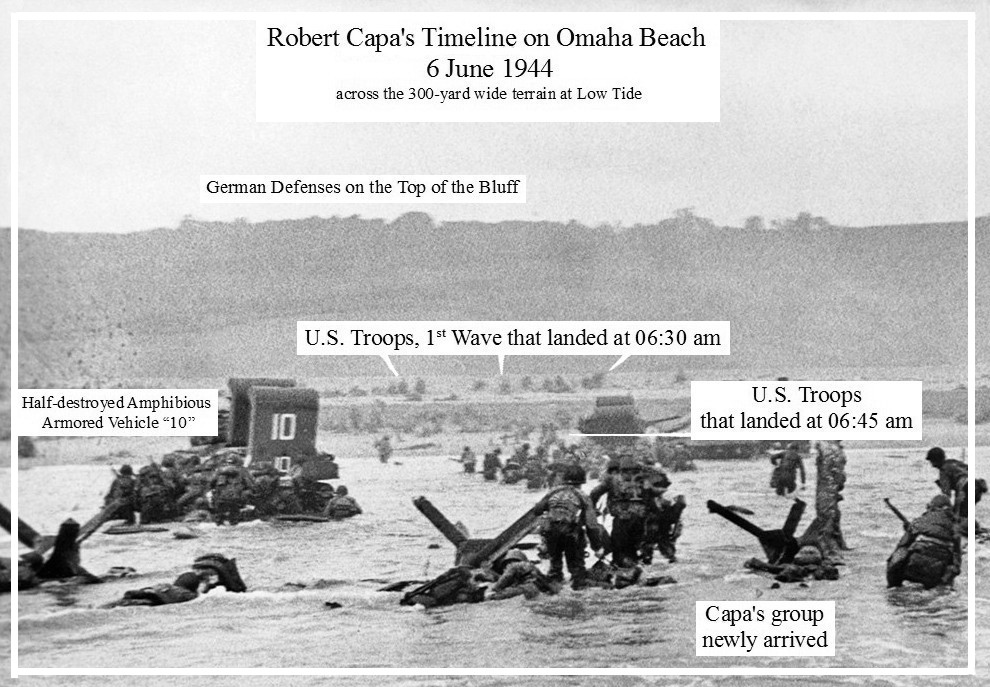
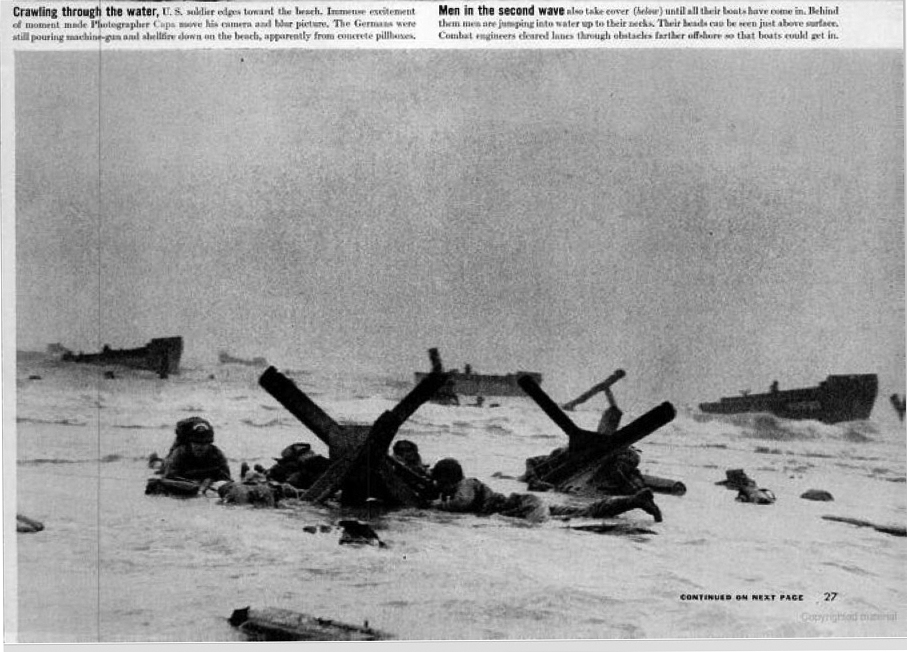
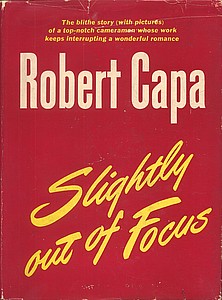
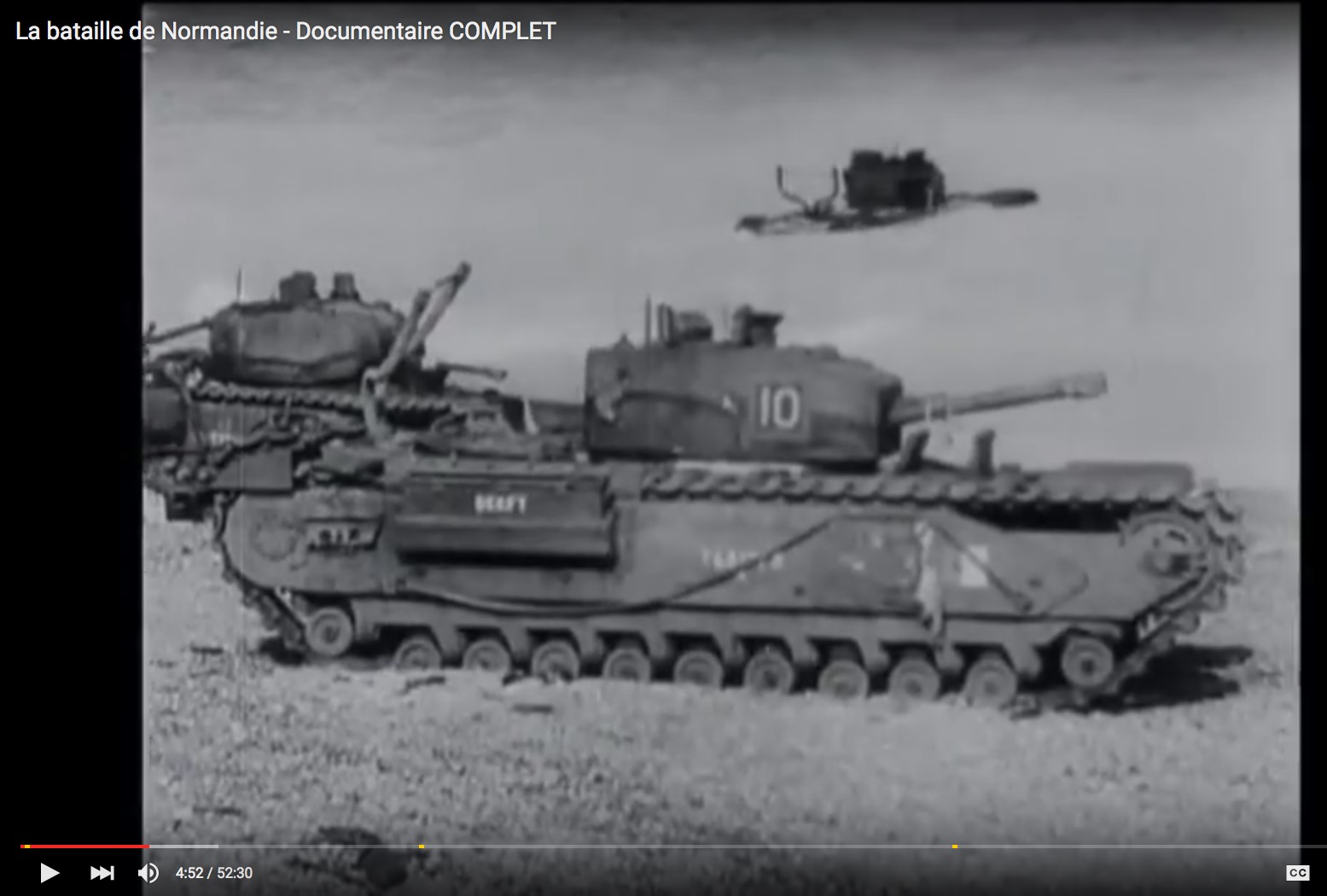
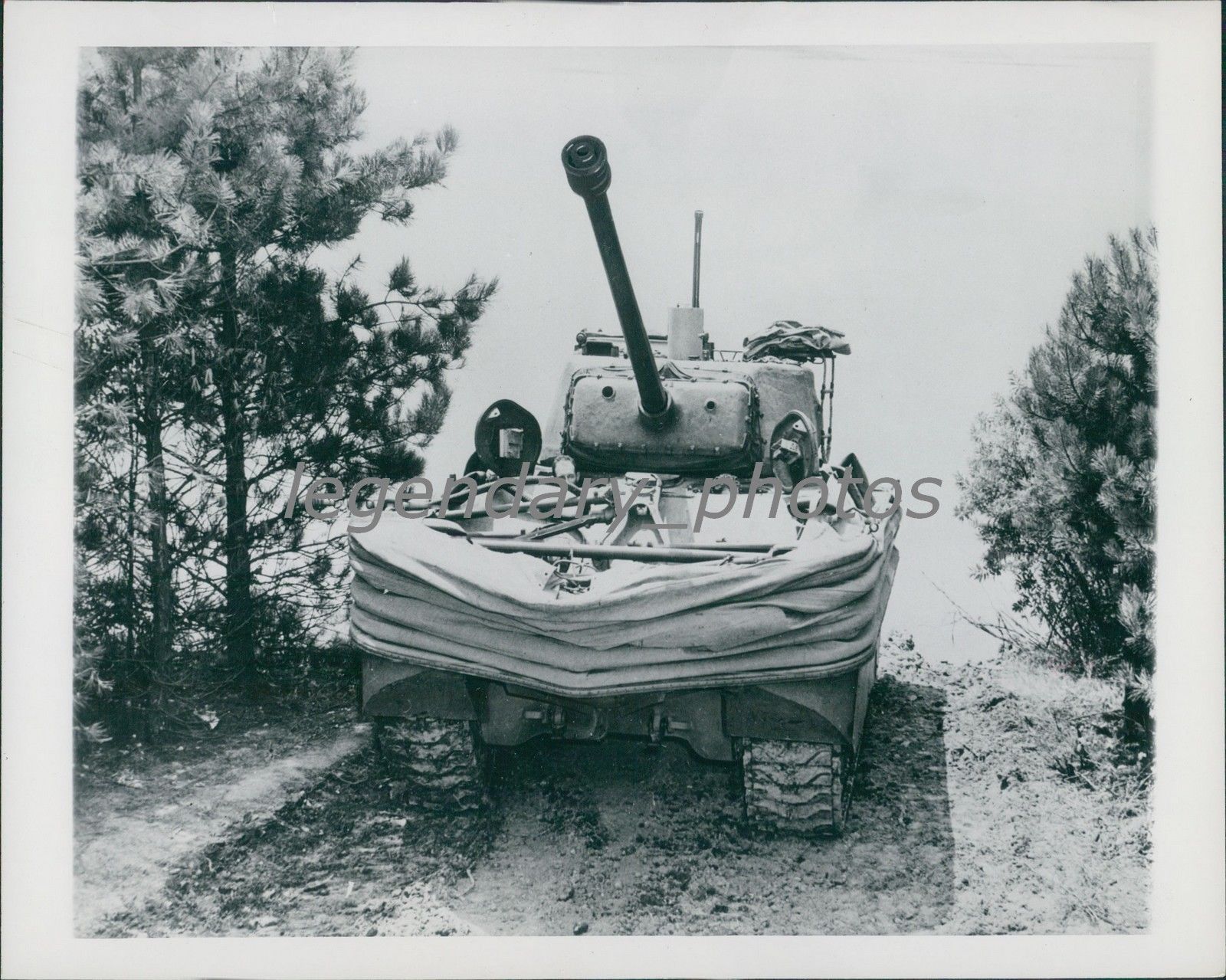
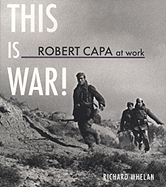





Leave a Comment